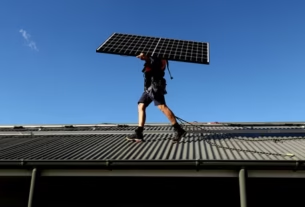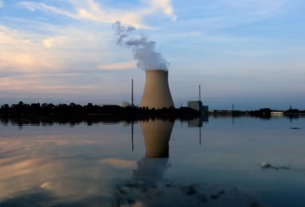🔎Important Announcement
By announcing a 25% extension of its flagship Capacity Investment Scheme (CIS) on July 29, 2025, the Labor government of Australia increased its underwriting capacity to 40 GW of large-scale solar, wind, and energy storage projects by 2030
⚡ Why the Growth?
Accelerate clean energy buildout: By supporting an extra 8 GW of generating and 14 GW of storage, the increase addresses supply chain constraints and project clearance delays.
Developers’ financial stability: By guaranteeing a minimum power price, the CIS hopes to bring in investment, which is projected to reach A$14 billion by 2030.
Target 82% renewables: The program helps Australia reach its target of 82% grid renewable electricity by 2030, up from the current 40–43%.
📉 Present Difficulties
Analysts caution that if nothing is done, the nation may fall short of its lofty goals:
Wind project slump: Because of rising turbine costs and uncertain markets, no new wind farms started construction in H1 2025.
Projected shortfall: By 2030, the final renewable share may only be 60–64%, falling short of the 82% target.
Strain on the infrastructure: Investment delays and curtailments are already being brought on by limitations in transmission and storage capacity.
Impacts on the Economy and Markets
Investor momentum: Up to A$13.7 billion in new investments in battery and power projects might be supported by the CIS expansion.
Cost efficiencies: The policy shift toward renewables is being driven by falling prices, with solar panels down about 8% and batteries down about 20%.
Institutional confidence: Clean energy assets worth billions of dollars are being supported by investors such as APG, a company based in the Netherlands.
🧭 Strategic Perspective
A crucial reaction to concerns that Australia would fall short of its 2030 renewable energy target is the CIS expansion. Experts like economist Ross Garnaut stress that in order to stay on course, more extensive policy changes, like carbon price, could be required, even while they advocate immediate deployment through financial underwriting.
Enhancing transmission infrastructure, expediting project permitting, and getting ready for a 2035 emissions reduction target review are all aspects of the plan that align with a larger climate strategy.
✅ Bottom Line
Given current supply chain and infrastructure installation delays, Australia’s government is taking the initiative by financing a lot more renewable energy. However, analysts worry that Australia would not achieve its 2030 renewable goals if additional regulatory reform is not implemented, particularly policies that price carbon.
Source : theguardian




